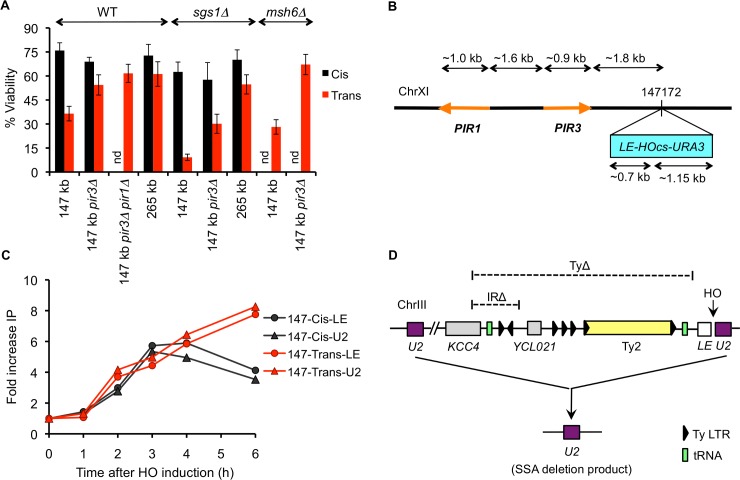Fig 5. Adjacent PIR sequences interfere with GC repair in Trans.
(A) Viabilities of the indicated WT, sgs1Δ and msh6Δ 147- and 265- Cis and Trans strains (nd indicates not done). Data represent mean ± S.D. (n ≥ 5). (B) Schematic representation of Chr XI features surrounding the site of insertion of the LE-HOcs-URA3 cassette in the 147-Trans strain. The LE-HOcs-URA3 cassette was inserted at position 147142 on the left arm of Chr XI. Orange lines represent the PIR genes and the arrowheads indicate their relative orientations. The distance of PIR3 gene from PIR1 and LE-HOcs-URA3 cassette is indicated. The corresponding Cis strain contains a NAT-marked 5’ truncated ura3-HOcs-URA3 cassette at position 147172. (C) Rad51 ChIP signal at the LEU2 donor on Chr III representing the kinetics of strand-invasion by LE and U2 ends in 147- Cis and Trans strains. Primers 300 bp and 200 bp upstream of the LEU2 donor and 150 bp and 25 bp downstream of the LEU2 donor were used to study the kinetics of strand-invasion by the LE and U2 ends, respectively. (D) Schematic representation of the YMV80 SSA strain harboring an HOcs within the leu2 gene at its endogenous locus, and a homologous U2 sequence at the his4 locus ~25 kb distal to the LE-HOcs-U2. Dotted lines indicate the regions spanning the Ty2 retrotransposon element, Ty1 LTRs (long terminal repeats) and tRNA genes that have been deleted in the TyΔ and IRΔ strains, respectively. TyΔ results in a net deletion of 4.7 kb. Figure not drawn to scale.

